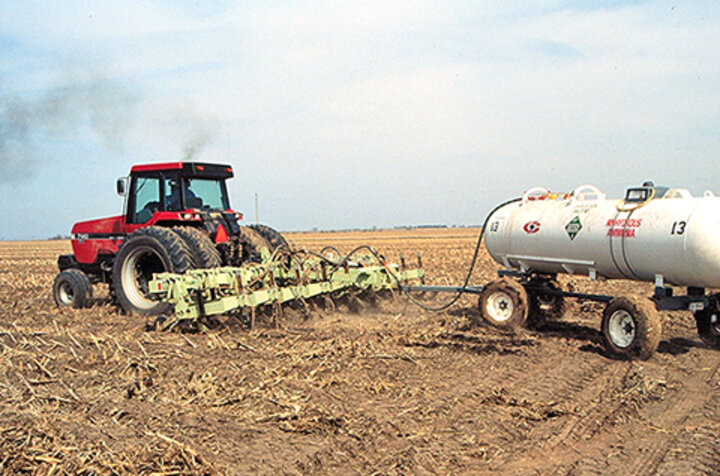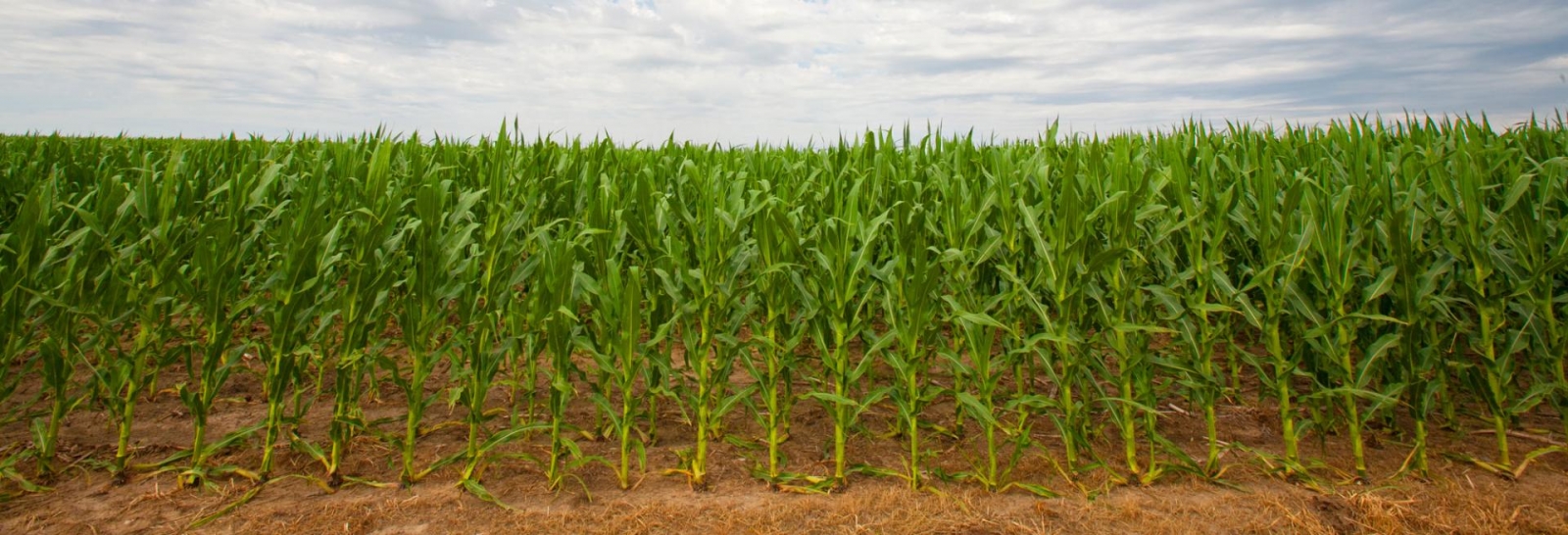This article is the fifth in a six-part companion series to the Nebraska Extension NebGuide G2365, “In-Season Nitrogen Management for Irrigated Corn.” Each article will explore critical concepts from the guide that growers have expressed a need for greater guidance on, offering additional insights and practical recommendations to help optimize nitrogen use and profitability.
Applying nitrogen (N) fertilizer in the fall for next year’s corn crop has long been a common practice among Nebraska farmers. Fall application helps farmers spread out workload into less busy periods after harvest, if weather conditions allow. It also provides an opportunity to take advantage of potentially lower fertilizer prices, as dealers often offer discounts to balance deliveries throughout the year and ease their own spring workload.
Because fall in Nebraska tends to be drier than spring, fall fertilization also helps reduce the risk of soil compaction and avoid application delays due to wet weather.

Over time, fertilizer management practices have been developed to reduce the risk of N loss with fall application. These include applying only ammonium-based fertilizers, delaying application until soil temperatures are low to slow the nitrification rate, and using enhanced efficiency fertilizers such as nitrification inhibitors and controlled release fertilizer coatings.
In a 2024 survey of Nebraska producers, we found that 14% of farmers apply the majority of their N fertilizer for corn in the fall.
However, there is no agronomic reason to apply N fertilizer for corn several months before the crop will use it. For that reason, the University of Nebraska-Lincoln no longer recommends fall N application for corn or grain sorghum.
This change in recommendation stems primarily from ongoing concern about groundwater nitrate-N levels in Nebraska. Although the practices mentioned earlier can reduce the risk of nitrate leaching from fall fertilization, they do not eliminate the risk. Once N fertilizer is applied, some N loss will gradually occur regardless of the fertilizer source or use of inhibitors. The longer fertilizer N remains in the soil, the greater the chance that a portion will be lost to the environment.
This reality was recognized over 60 years ago in the UNL publication “Using Fertilizer Nitrogen Effectively on Grain Crops” (SB 379, 1964) by Robert Olson, August Dreier, Carlyle Thompson, Ken Frank and Phil Grabouski. The authors wrote, “Summer sidedressing of fertilizer nitrogen for row crops, regardless of chemical form, has usually proved superior to fall or spring applications. Thus, losses are minimized by delaying application to a time when crop roots are actively absorbing nitrogen from the soil.”
Numerous research and demonstration studies since then have supported this conclusion: to use N fertilizer efficiently, application should occur close to time of crop use — not several months before potential crop uptake.
There are still situations where fall application of fertilizer makes sense. Fall application of phosphorus and potassium fertilizers — which may contain small amounts of N — allows these nutrients to fully move into the root zone and be readily available for next year’s crop.
Fall fertilization of winter wheat is also appropriate, though a split approach is preferred, with the majority of N applied in the spring. However, fall application of significant amounts of nitrogen fertilizer is no longer recommended by the University of Nebraska.

